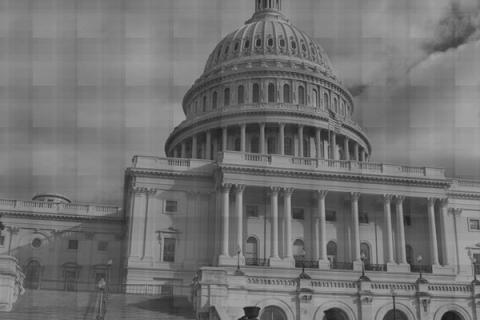BROOKLYN, NY – They say only the strong survive in New York, and nothing solidifies the motto more than the events that have occurred over the past seven days.
Early last week, hurricane Sandy made landfall in the northeast, and the East Coast is still dealing with devastating damages. New York is struggling to recover after the storm that devestated the tri-state area. More than 122,000 New York, New Jersey, and Connecticut residents have sought out federal assistance in the wake of the storm.
According to New York utilities, there are still nearly a million customers without electricity. Some Long Island families will be without power for up to 30 more days. Entire neighborhoods and half the interborough subway system remain under water. On the Coney Island end of Brooklyn, entire homes have been swept out to sea. Lines at the gasoline pumps are wrapping around entire city blocks, the death toll is still climbing in Staten Island, and Mayor Bloomberg has officially postponed the New York City Marathon – scheduled to take place yesterday – until an hurricane-free, November 2013.
Yet, time and time again, New Yorkers manage to muster up some super-human solidarity during moments of national crisis. Blizzards and blackouts, on 9/11, and now over the past week, residents of the greater New York area choose to help one another when they could just as easily be looting and vandalizing. Today city-dwellers are donating their jackets and time to relief centers, opening their doors and cooking hot meals for the displaced. Both civilians and civil servants alike are picking up the pieces after this catastrophic pummeling from Mother Nature.
Amidst the chaos and tragedy of a natural disaster at this level, the New York State Board of Elections is also working overtime.
Tomorrow, Americans will use all imaginable means of transportation to reach their designated voting facilities. Eligible citizens across the nation will cast their votes to collectively decide our next president elect. To put it simply, on the eve of one of the most important days in American tradition, New York’s infrastructure is shot.
Many are wondering how on earth New York voters will manage cast their ballots on Election Day, given all this ongoing turmoil.
The simple answer: They will be.
In New York City, the board of elections listed 60 polling stations relocated due to hurricane damages. Twenty-eight of them are in Queens and 24 are in Brooklyn. Three polling sites in Manhattan and three in the Bronx will be relocated, as will two on Staten Island.
But, despite all this shuffle-boarding going on, New York state law provides an additional reinforcement. Should the vast majority of registered voters find themselves unable to find these improvised voting stations there is a buffer system already in place. If less than 25 percent of registered New York voters turn out on Election Day, state law allows for an extra day of voting.

